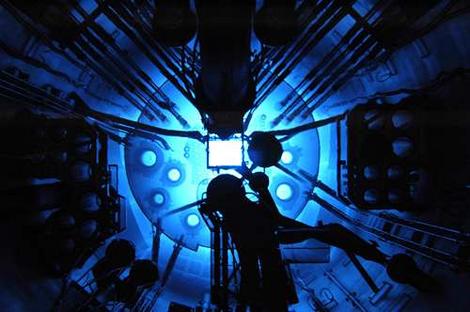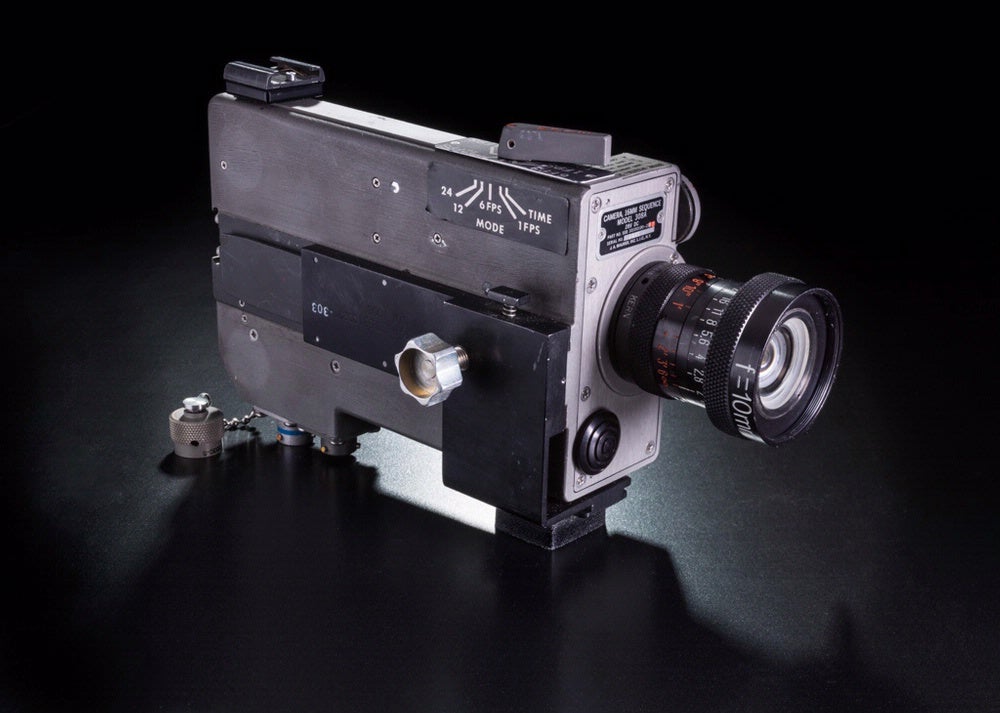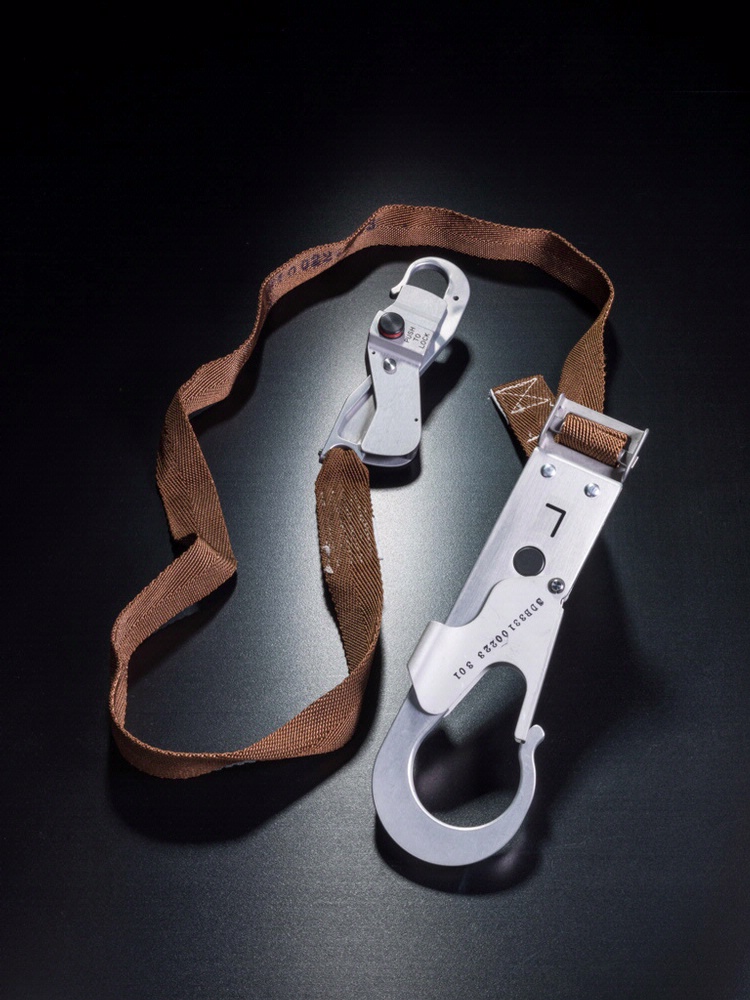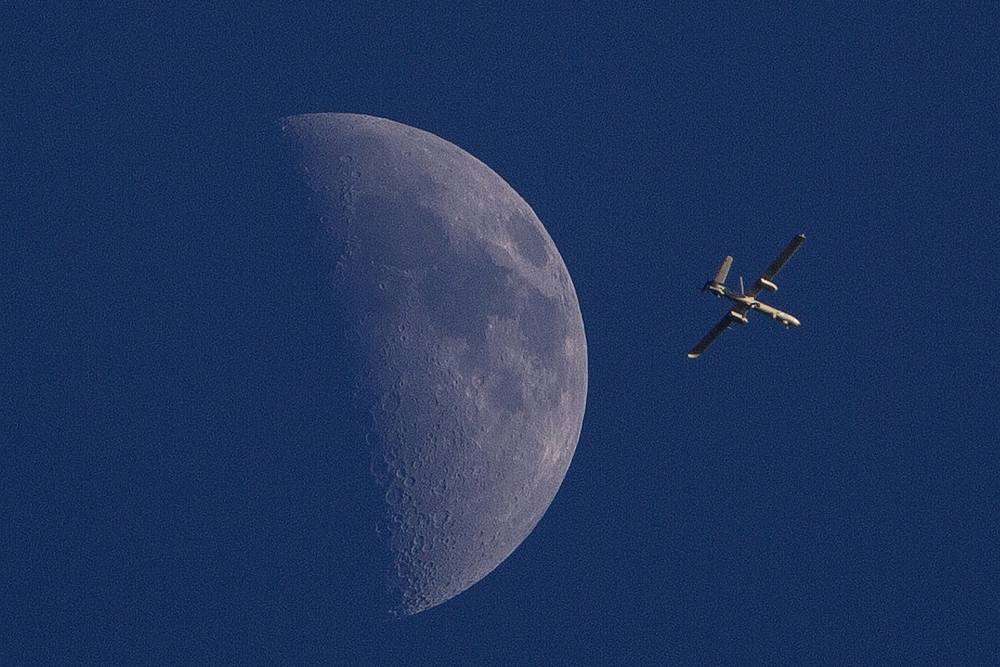Radioactivity defined as the spontaneous emission of particles (alpha, beta, neutron) or radiation (gamma, K capture), or both at the same time, from the decay of certain nuclides that these particles are, due to an adjustment of their internal structure.
Radioactivity can be natural or artificial. In natural radioactivity, the substance already has radioactivity in the natural state. In artificial radioactivity, the radioactivity has been induced by irradiation.
A radionuclide is all the radioactive cores of the same kind. All radioactive cores forming a radionuclide have a well-defined radioactivity, which is common to all of them and that identifies them; the same way that a type of chemical reaction identifies the elements involved.
Quantitatively, radioactivity is a statistical phenomenon. Therefore, it should be observed to rate the behaviour of a set of nuclei of the same species. By the law of large numbers, we define a constant λ as the probability of radioactive decay of a nucleus per unit time. With this definition, the number N of radioactive nuclei of the same species found in a substance in a time t is given by N = No · e-λt, where No is the number of radioactive nuclei that existed before time t. In fact, hardly a radioactive substance is formed by a single radionuclide, although each of its components disintegrate becomes a different kernel, which as well, can also be radioactive.
The initial radionuclide is called parent and the derivative, child. This situation may continue throughout multiple affiliations and the set of all of them is called radioactive series or family. In this case, the relationship that gives the number of current radioactive nuclei is more complex because, in addition to considering the number of each one in the initial moment, we should consider that, by disintegration of some ones, other are formed.
The problem is simplified when you want to achieve radioactive equilibrium (also called secular equilibrium in the natural radioactive series), when a sufficiently long time has passed since the process of affiliation has started. Then, the rate of the decays is imposed by the radionuclide, which has the smallest radioactive constant.
Natural radioactive nuclides
In nature there are about 300 different nuclides, from which 25 are radioactive with a sufficiently long period so that they exist even today; other 35 have a much shorter period. Continuously they are created and they decay into radioactive series.
Artificial radioactive nuclides
Over 1000 artificial radionuclides have been created and identified. The radioactive series are called with the name of the parent nuclide of longer periods. There are four. Three of these are natural radioactive series: thorium´s series, uranium´s series and actinium´s series, ending in their own stable isotopes of lead. These isotopes have respectively the mass numbers of 208, 206 and 207. Regarding the neptunium series, as radionuclides that compose it have a short period compared to the length of the geological eras, this series is not from the nature and has been obtained artificially. The last nuclide of this series is the isotope 209 of bismuth.
Origin of radioactivity
In 1896, Antoine-Henri Becquerel discovered radioactivity. He observed that, in studies on the phosphorescence of substances, a mineral of uranium was able to gloss photographic plates, which were kept at his side.











